Drawing is one of the oldest and most elemental creative disciplines. By making simple marks in response to what we see, we are training many of the core abilities of an artist, from close observation and mark making to creative expression and imagination. Life drawing in particular, involves dissolving the most intimate of subjects—the human body—into a 2D representation that packages all of our aesthetic and emotive responses. As technology continues to influence our lives in new and pervasive ways, so to must drawing’s potential to utilise and reflect on those changes.
Each workshop in this series introduced technological disruptions or augmentations into the traditional life drawing session.
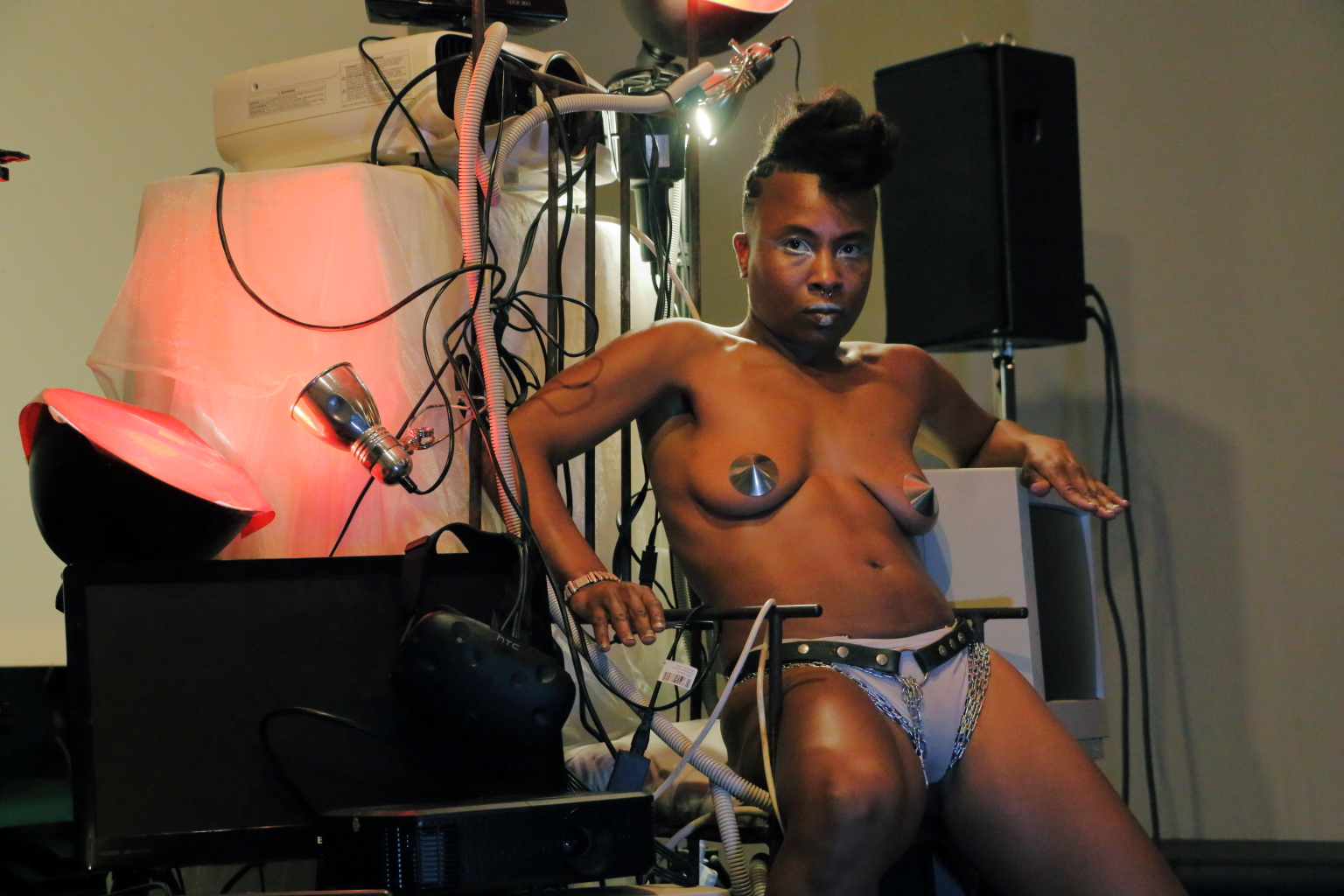
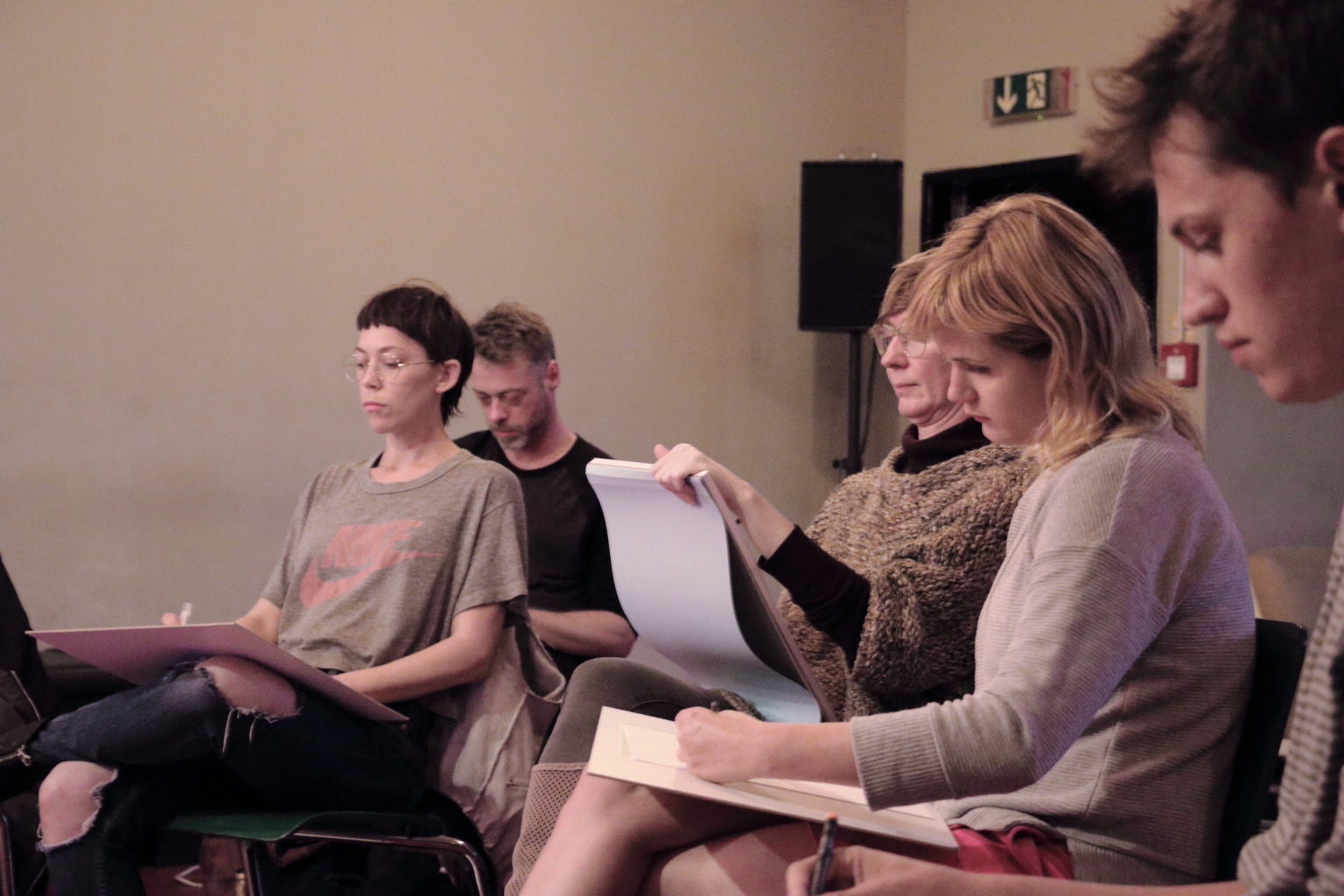
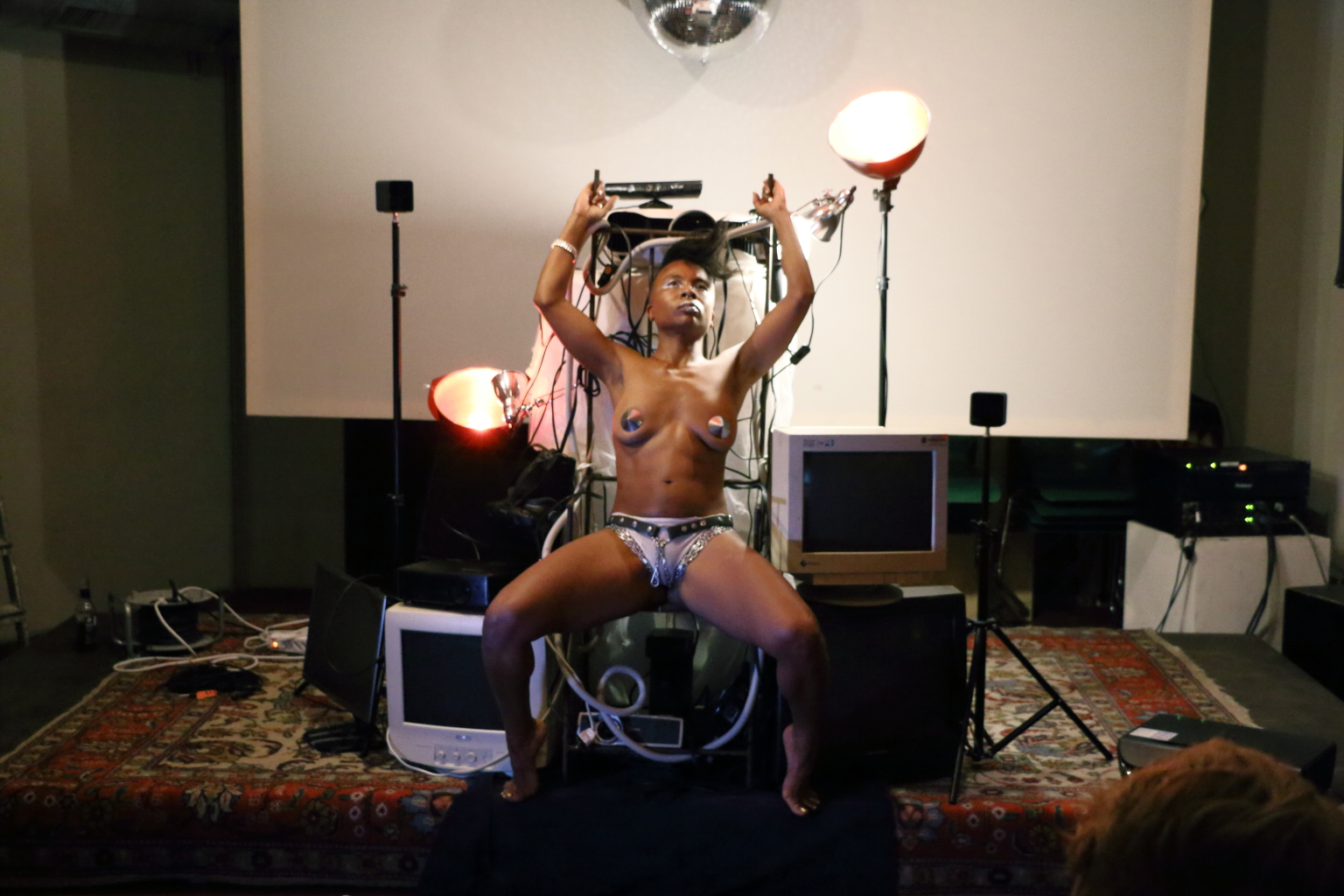
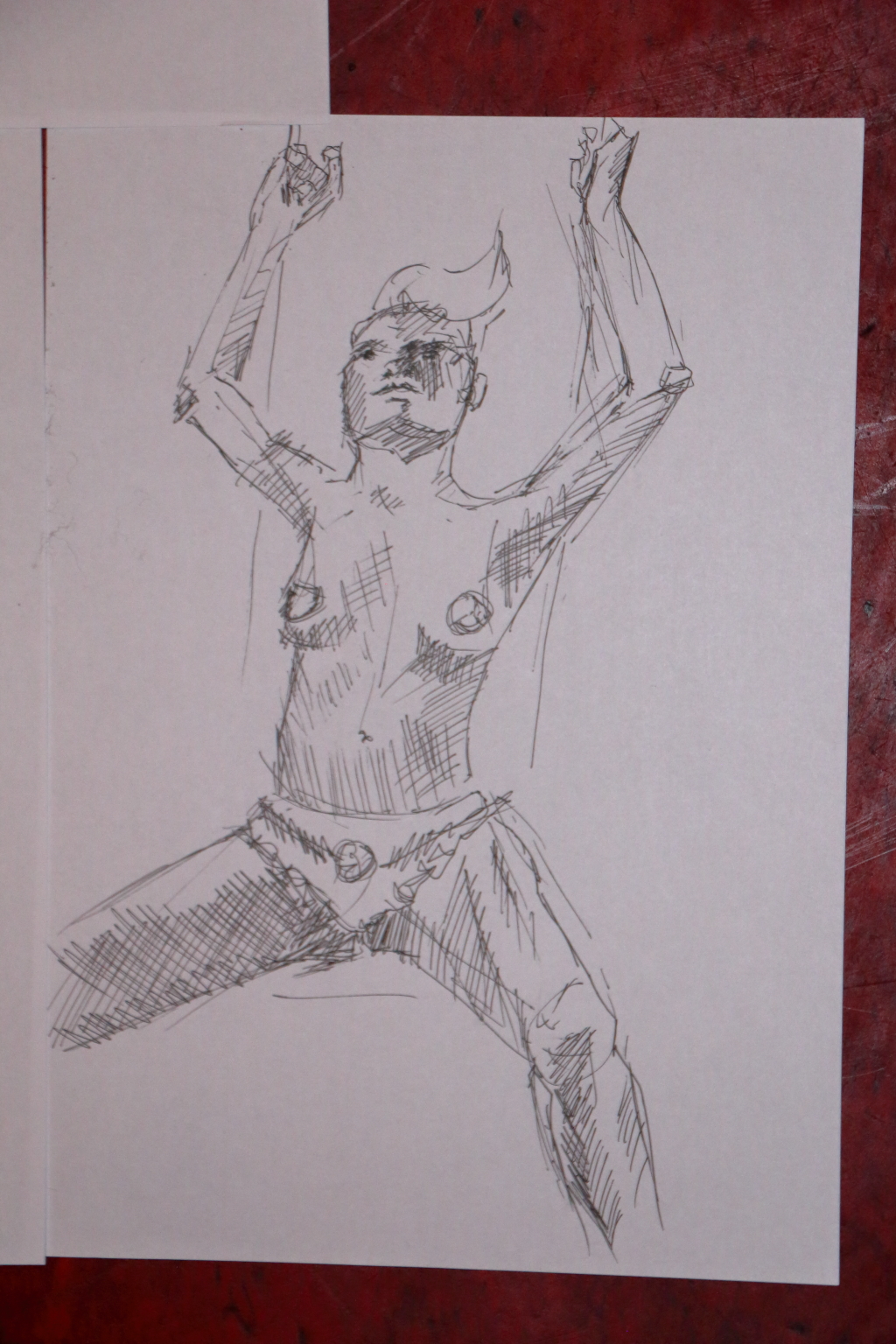
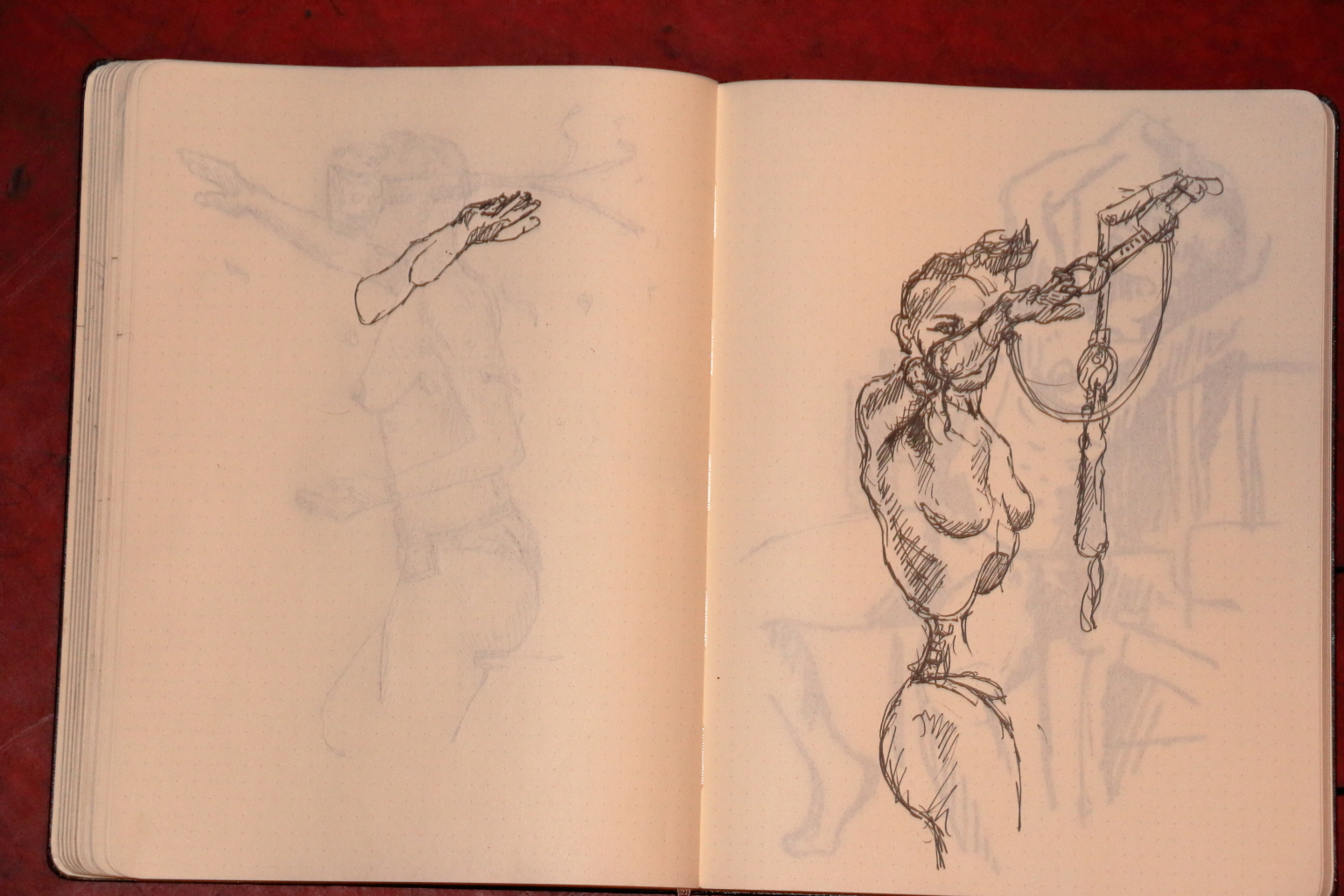
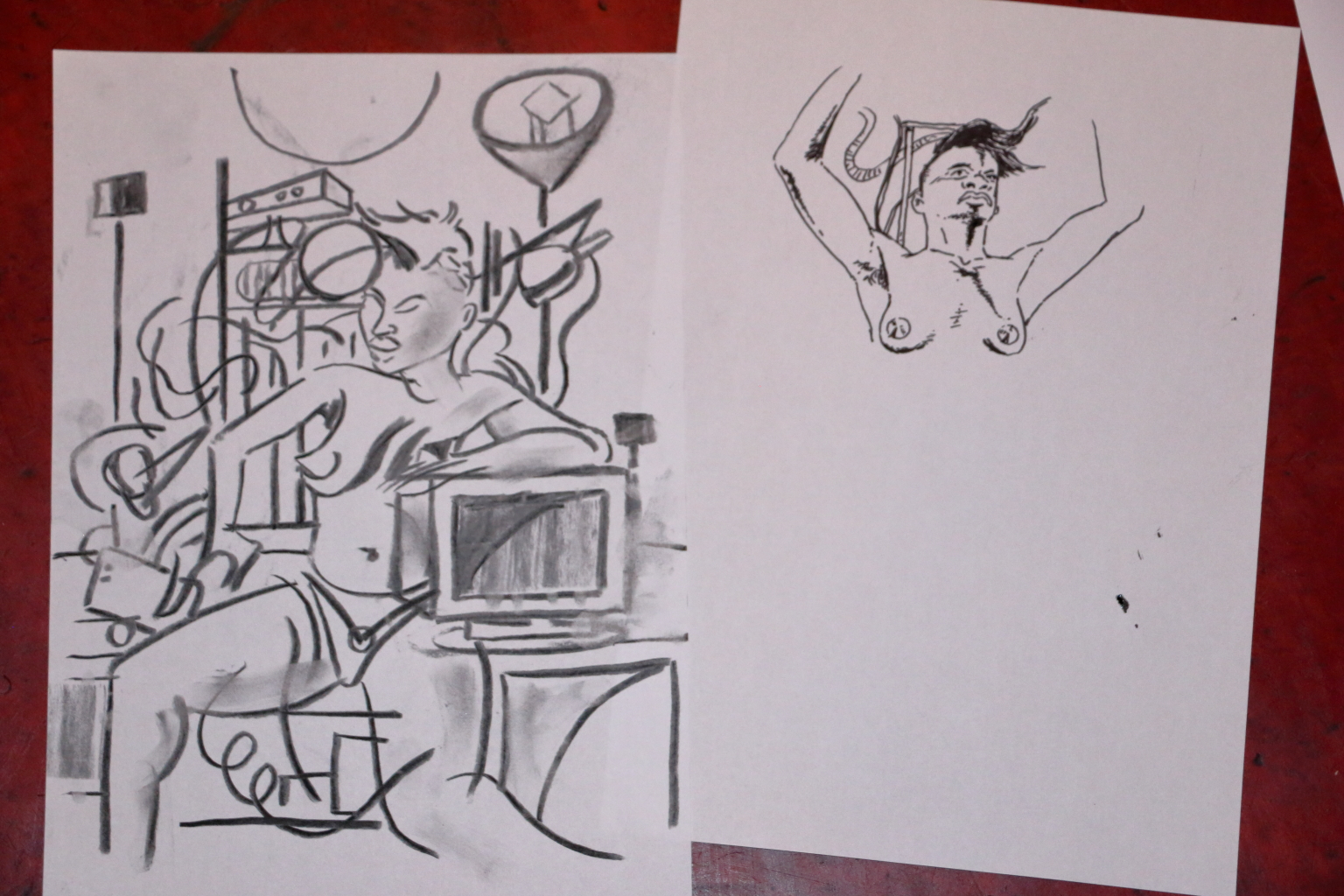
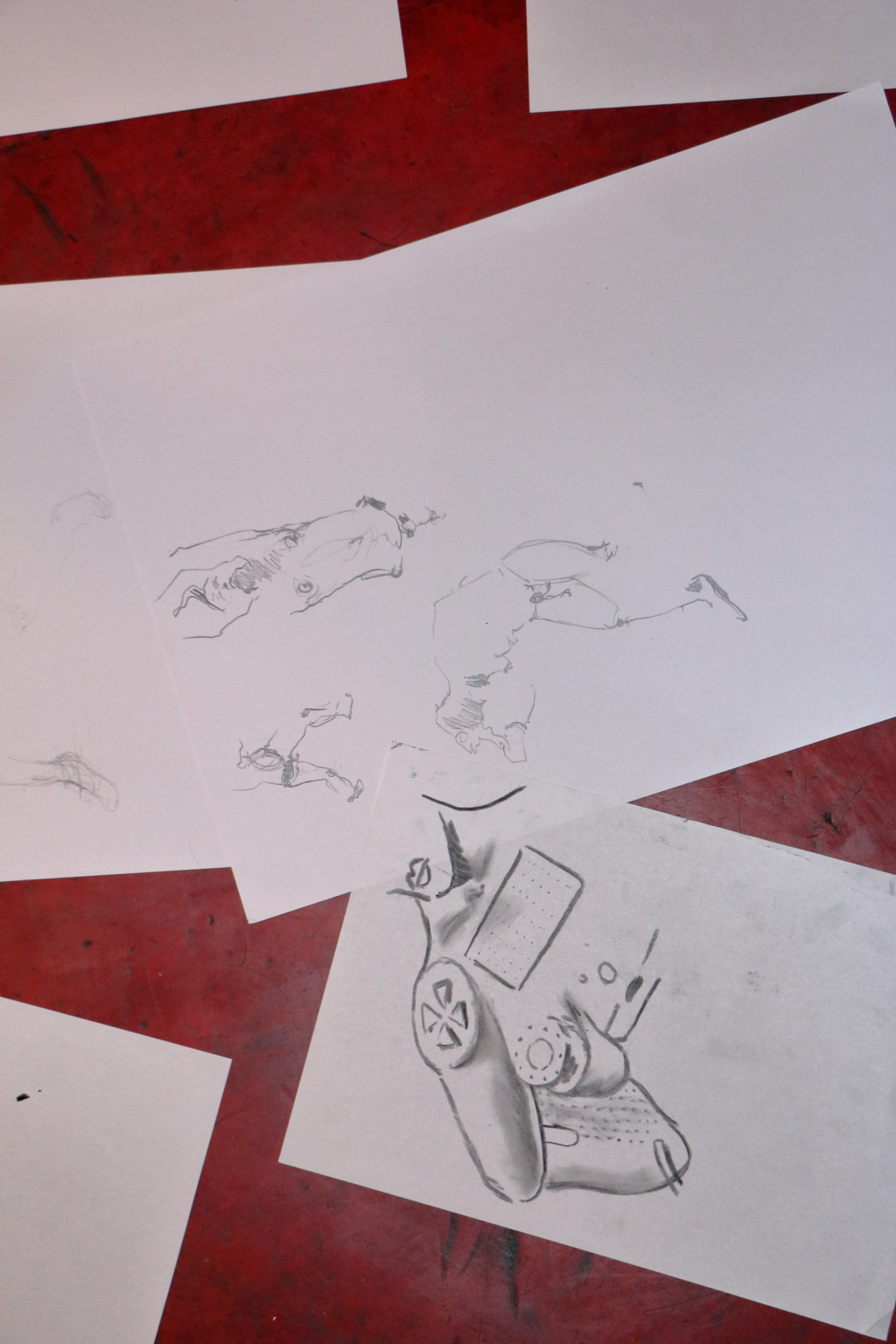
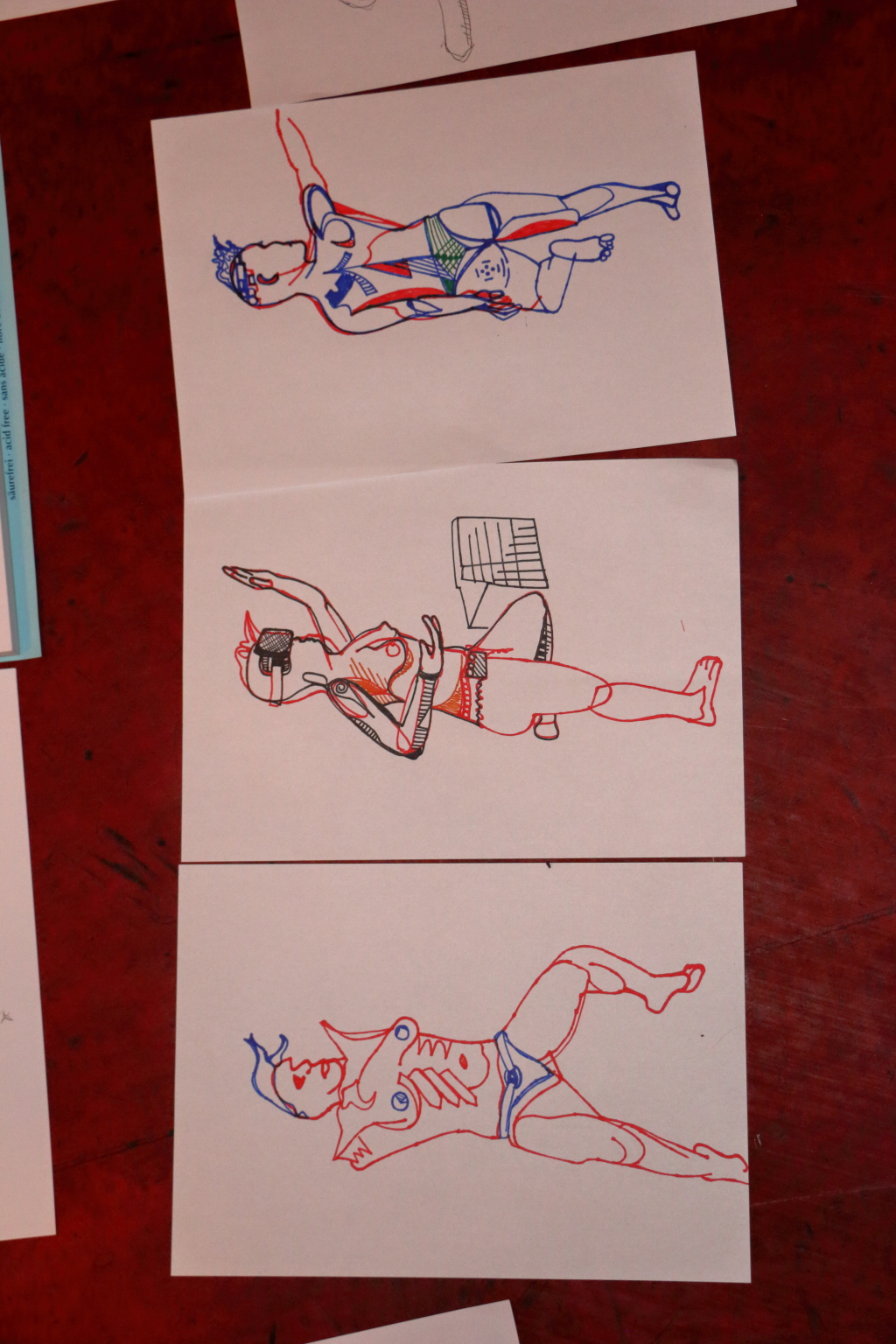
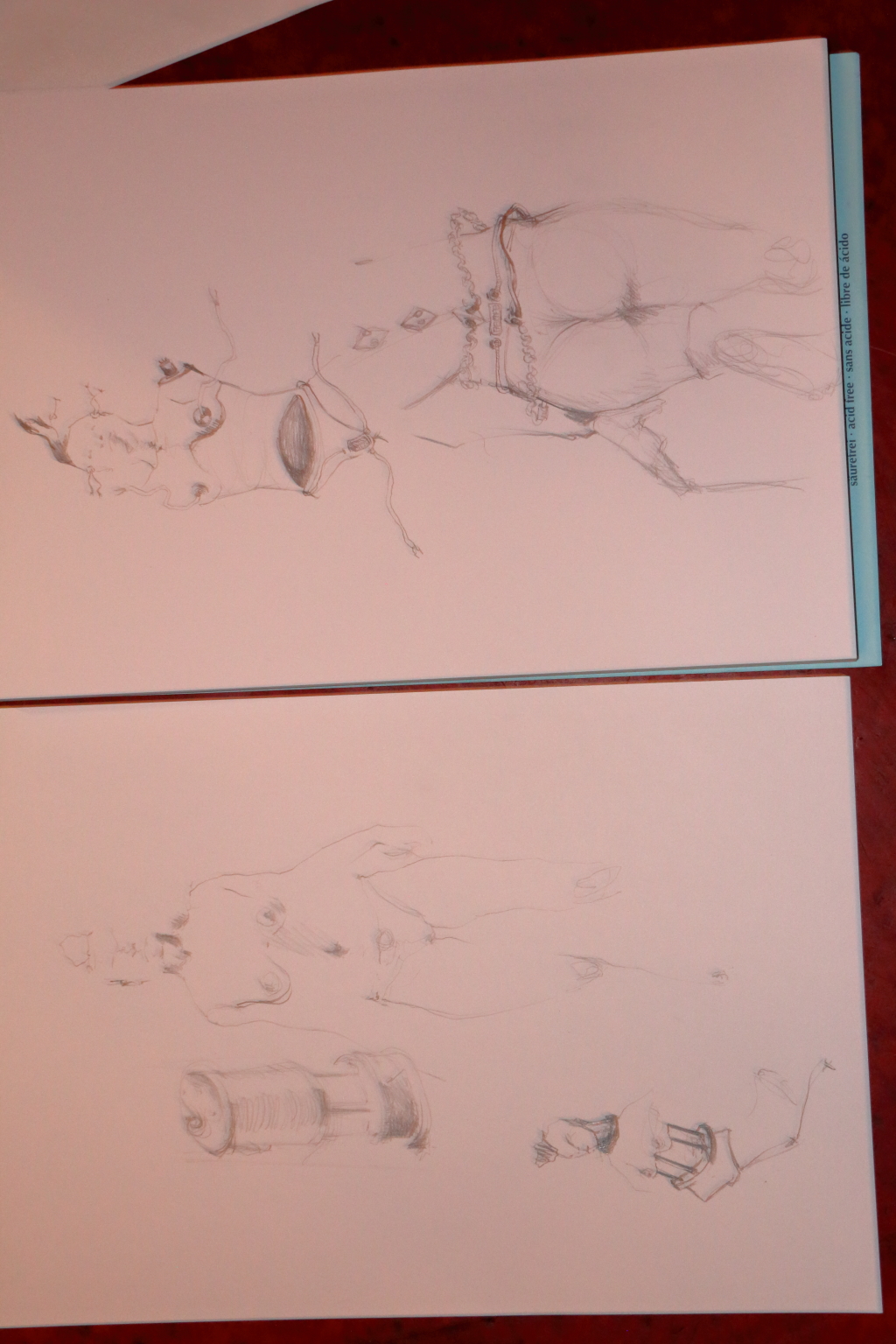
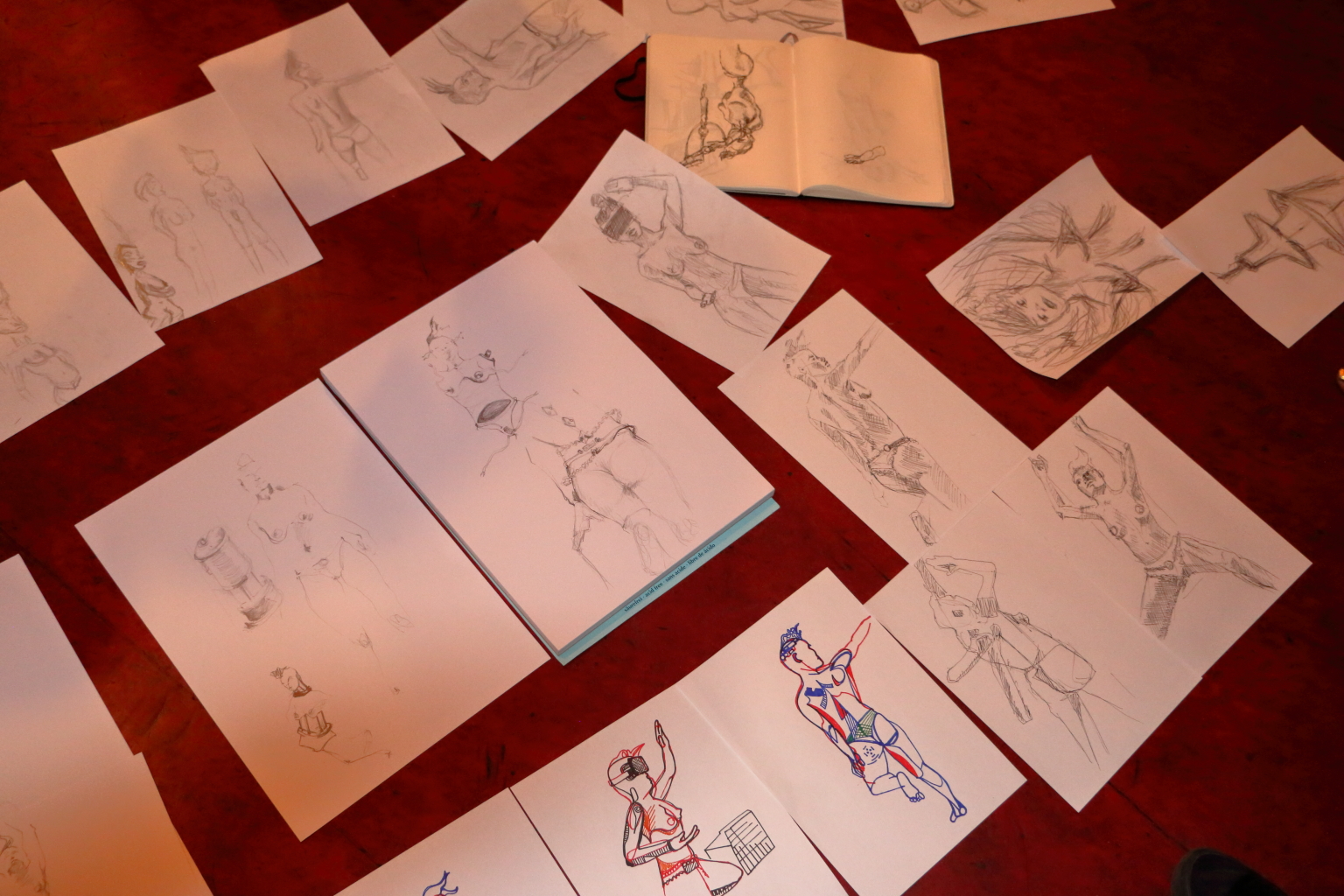
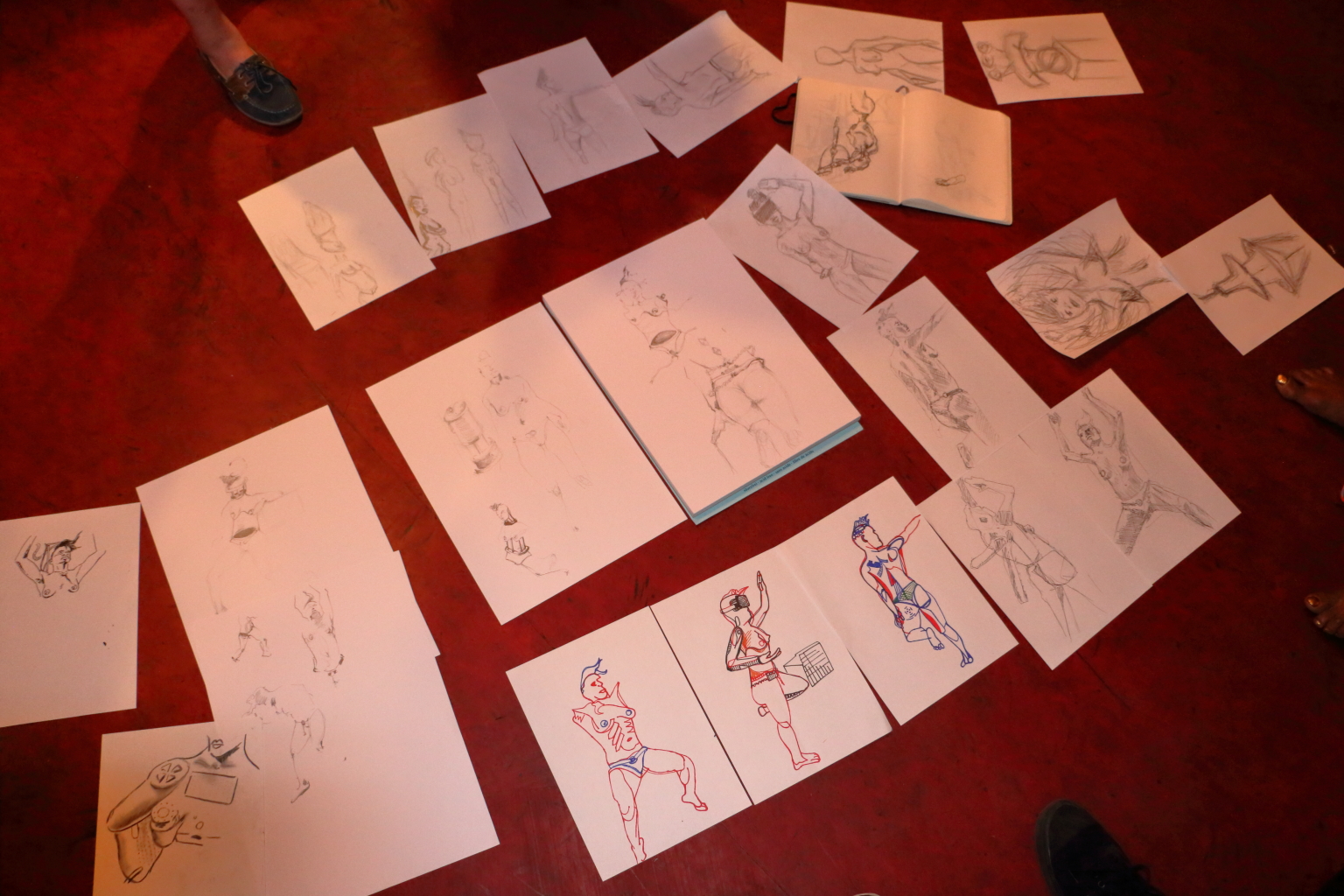
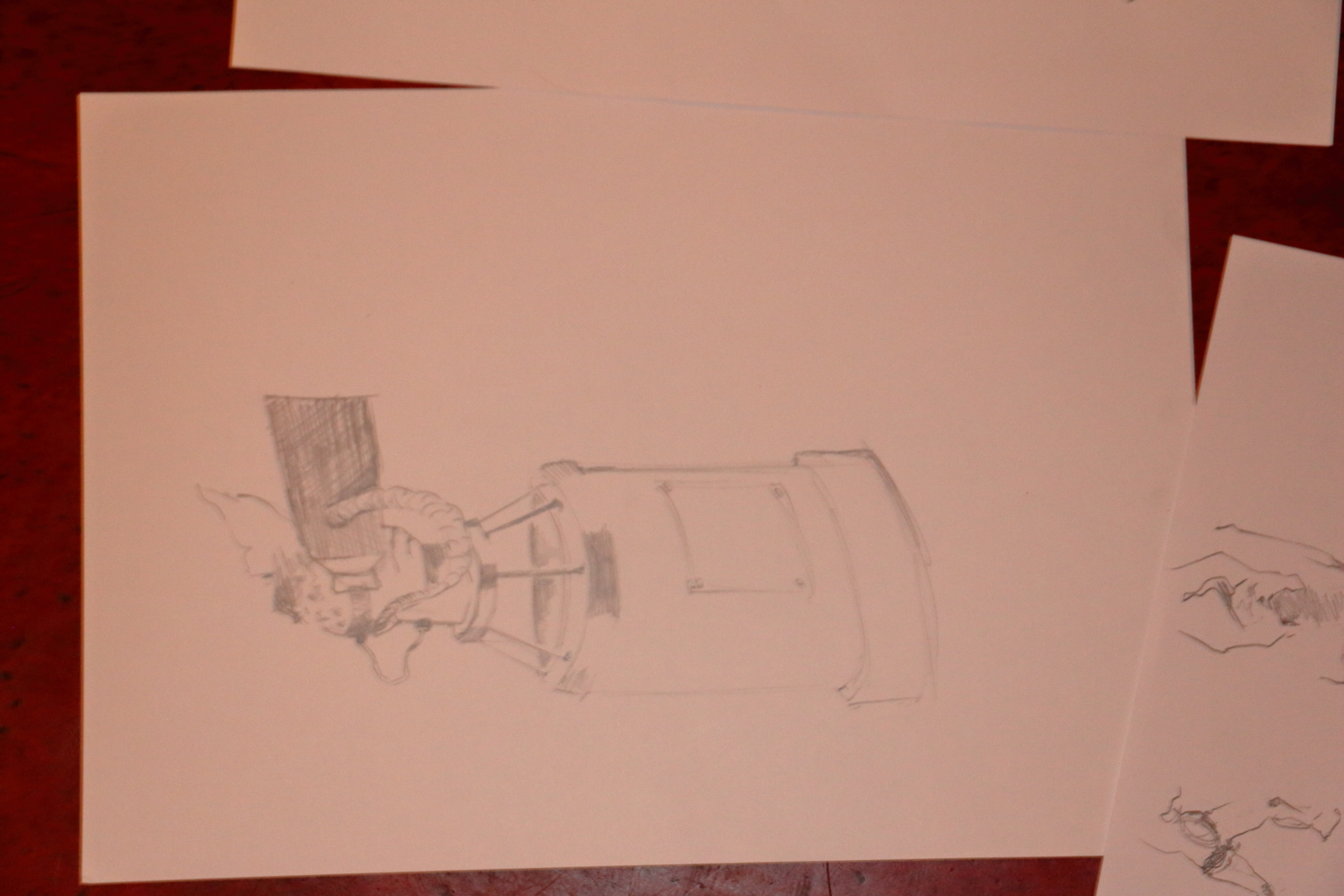
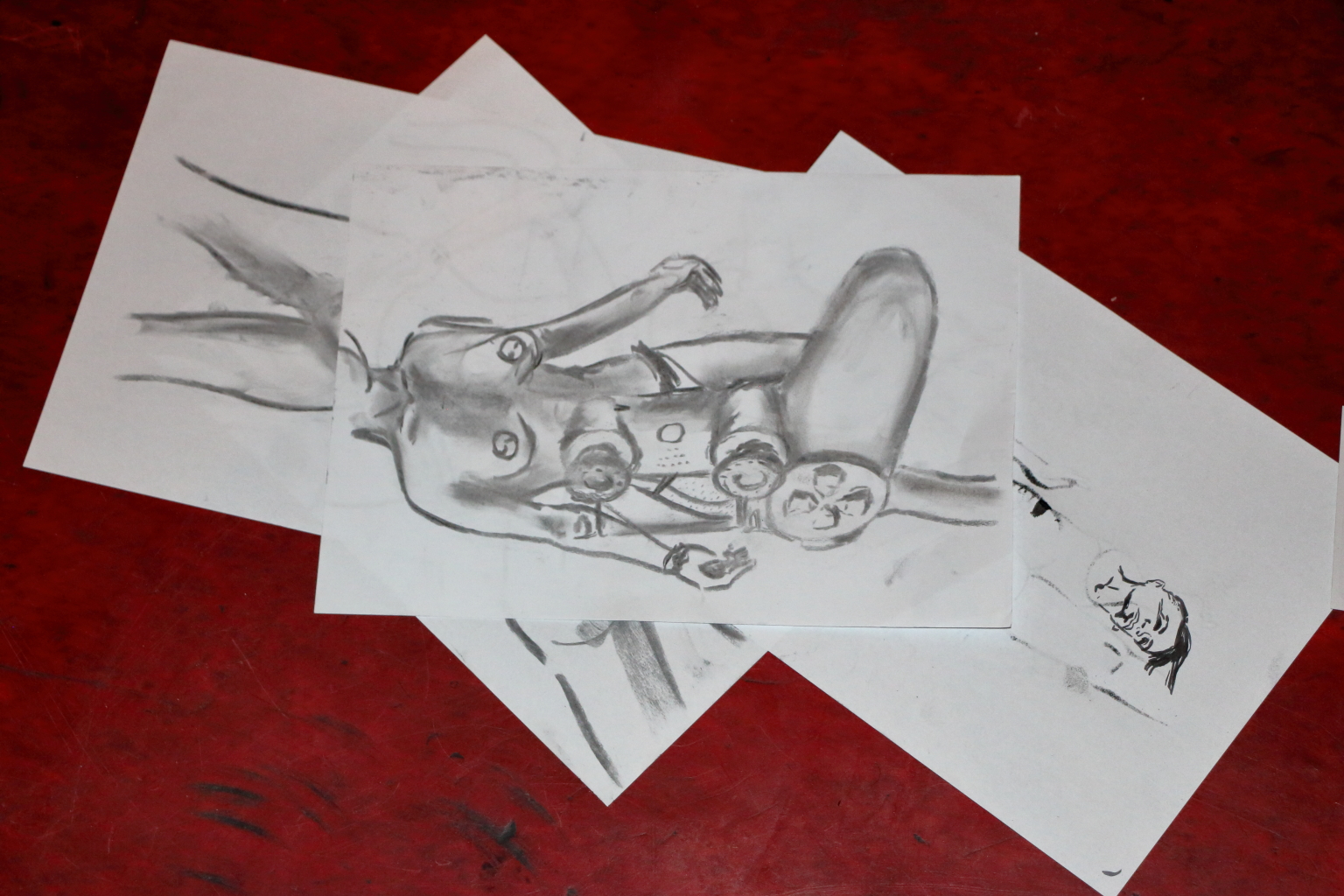
𝗗𝗿𝗮𝘄𝗶𝗻𝗴 𝗪𝗶𝗿𝗲 𝗜 – 𝗗𝗿𝗮𝘄𝗶𝗻𝗴 𝘁𝗵𝗲 𝗖𝘆𝗯𝗼𝗿𝗴 Historically, draftsmen have sought to emphasise traditional binaries in their work, such as gender, purity or ‘naturalness’. The concept of the cyborg serves to challenge and deconstruct many of these distinctions, in particular the line we draw between the natural and the unnatural, the organic and the artificial. This workshop will encourage you to imaginatively draw the cyborg subject, taking this as an opportunity to understand the aesthetics of the artificial and the boundaries of the natural. With the assistance of our model, Ze Royale, you will be challenged to blend machine and human subjects. You will also have some time to let your imagination run wild and experiment.
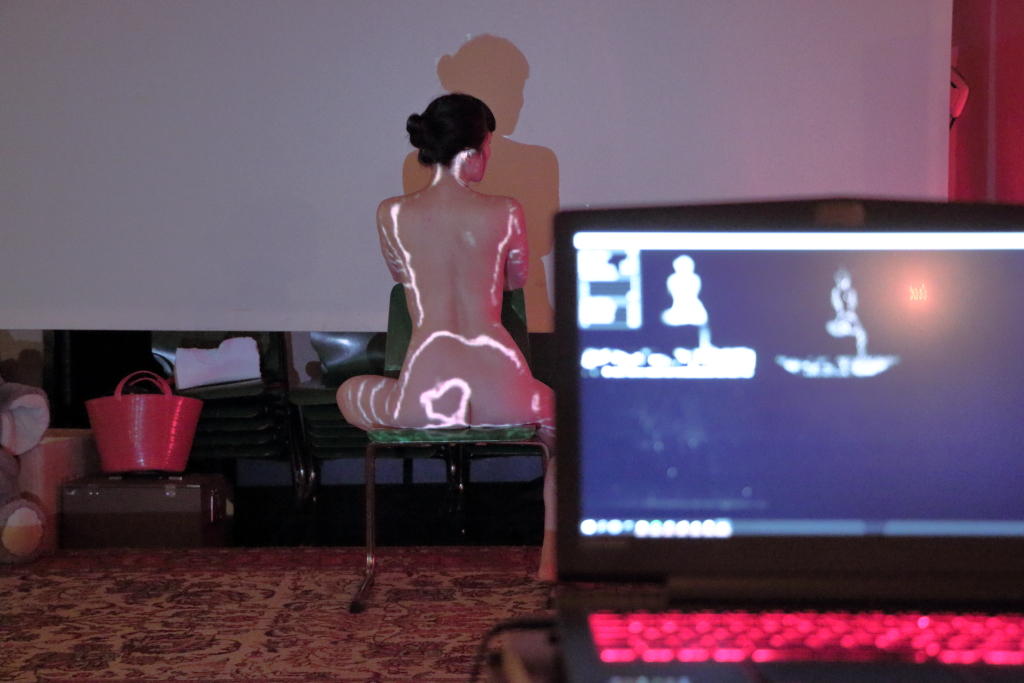
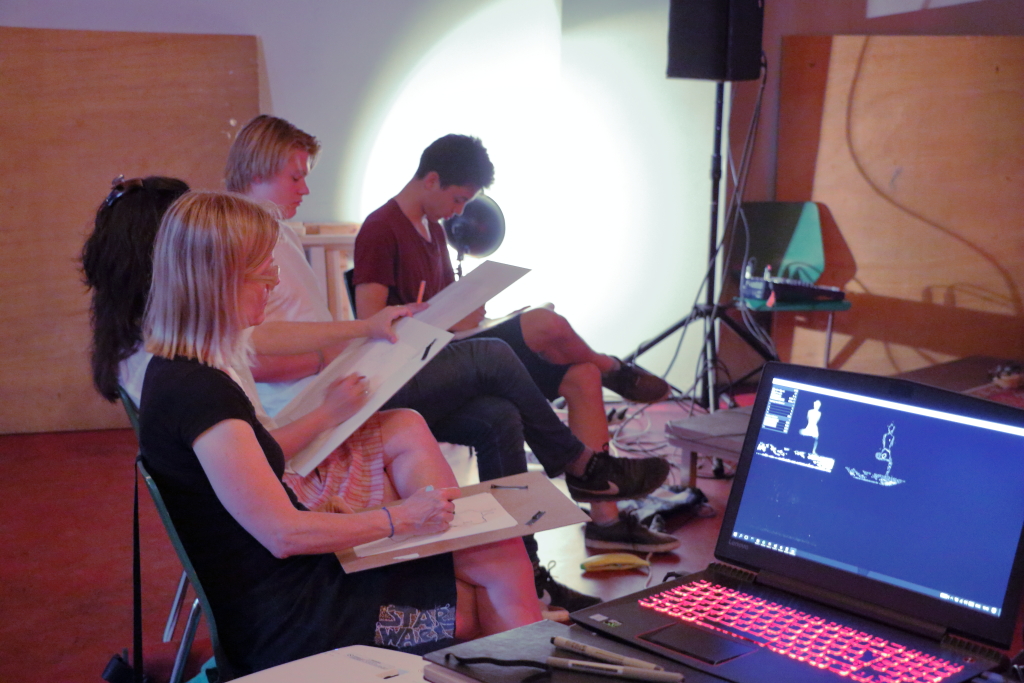
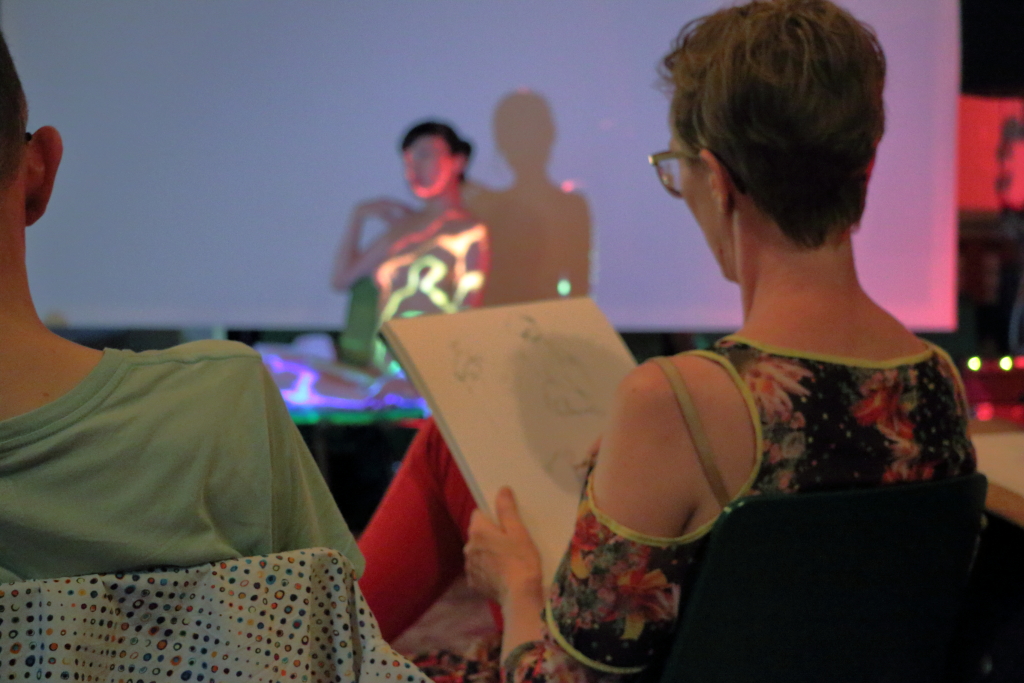
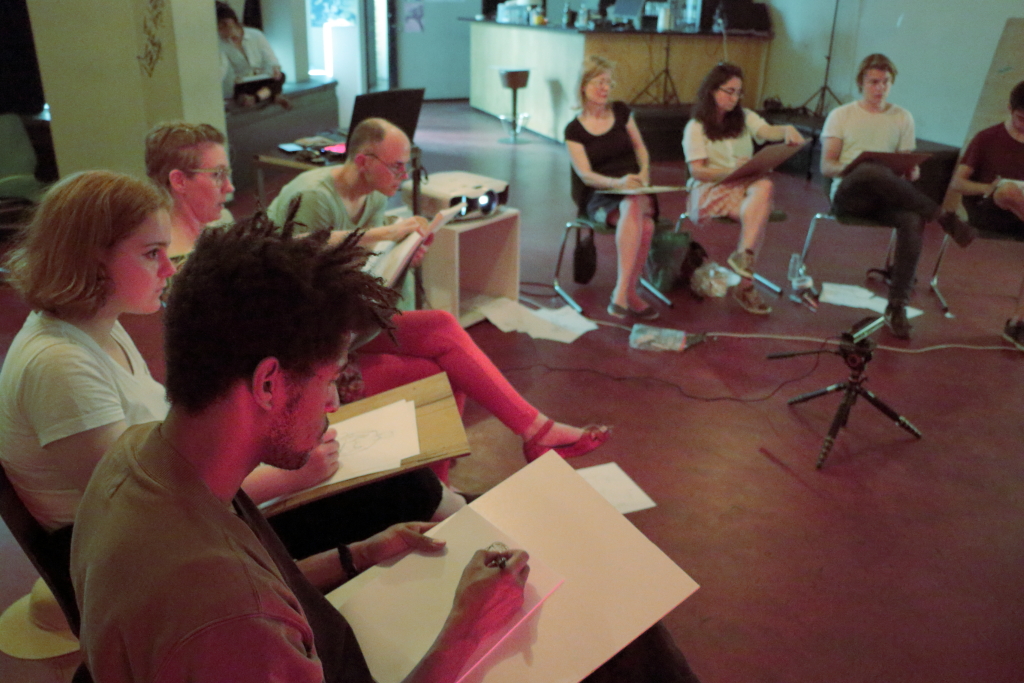
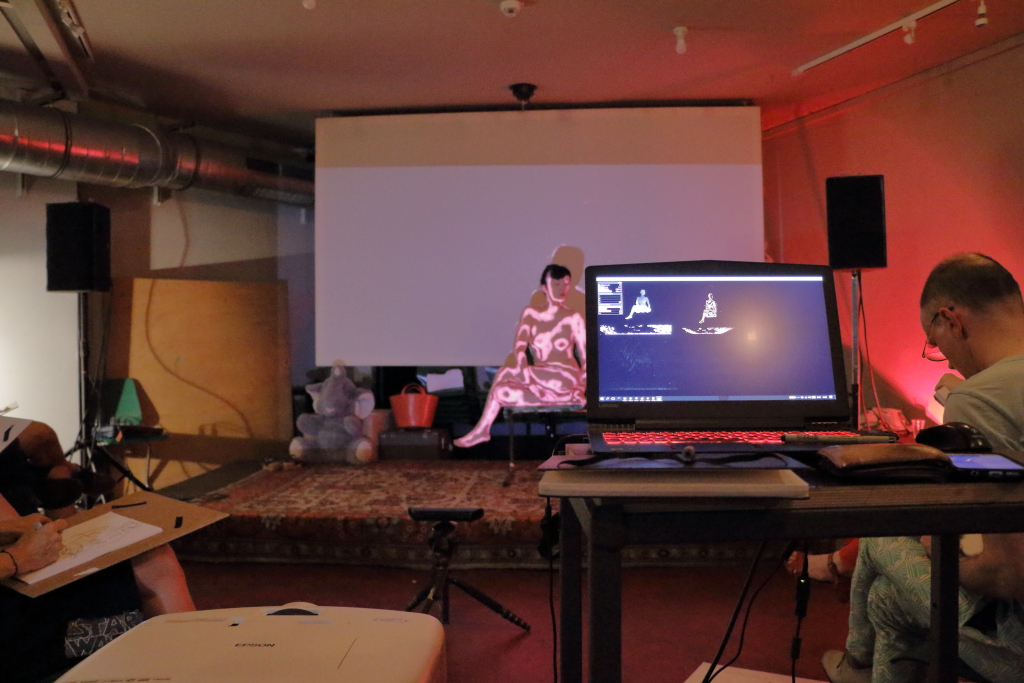
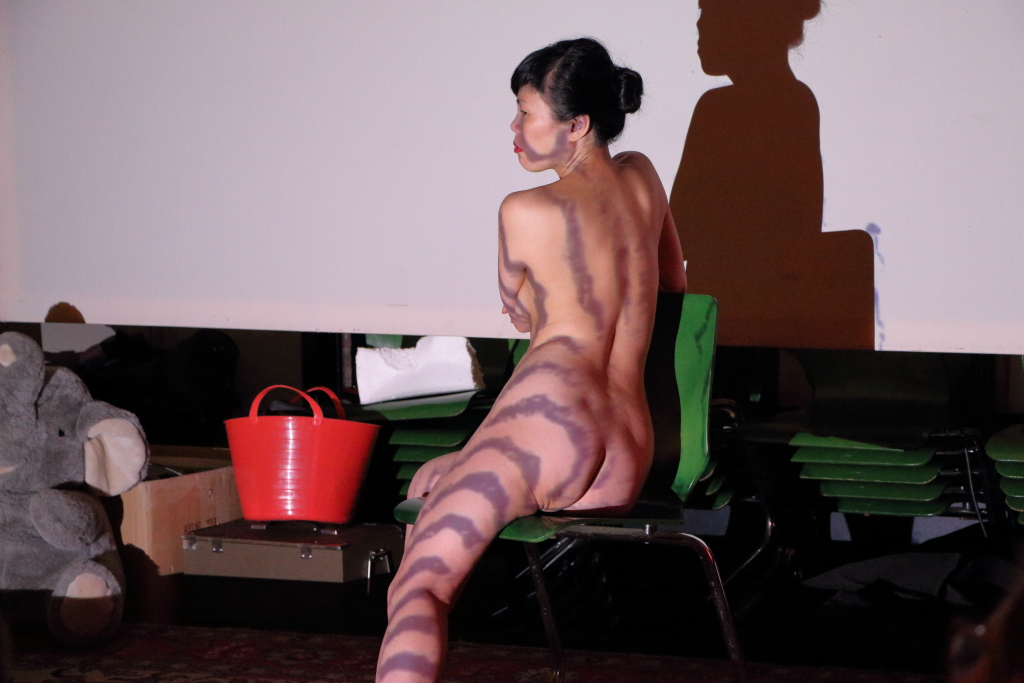
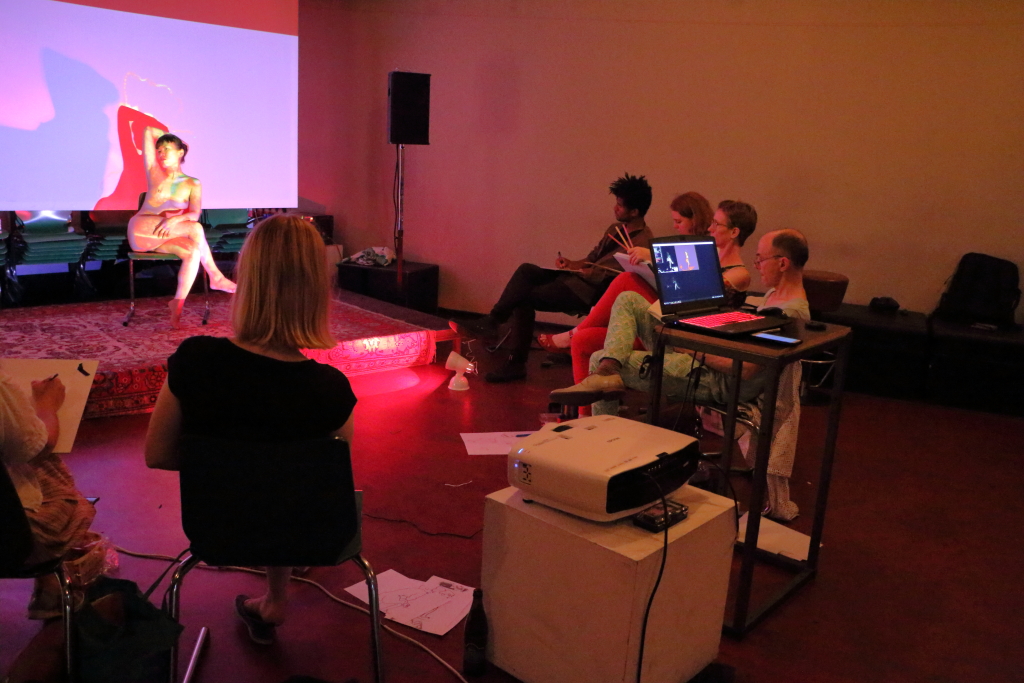
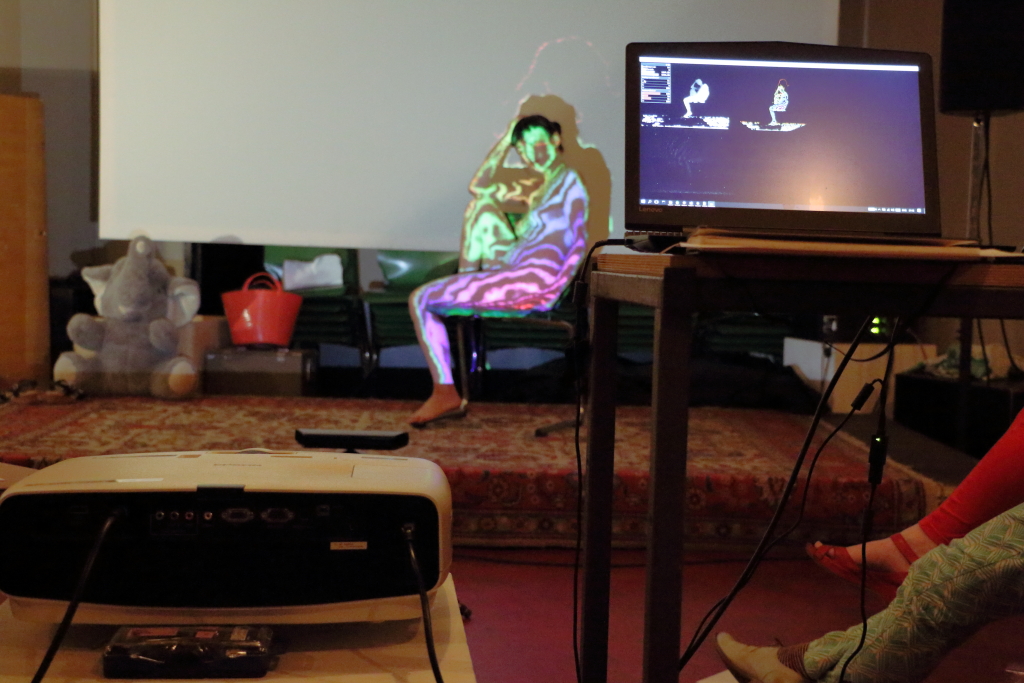
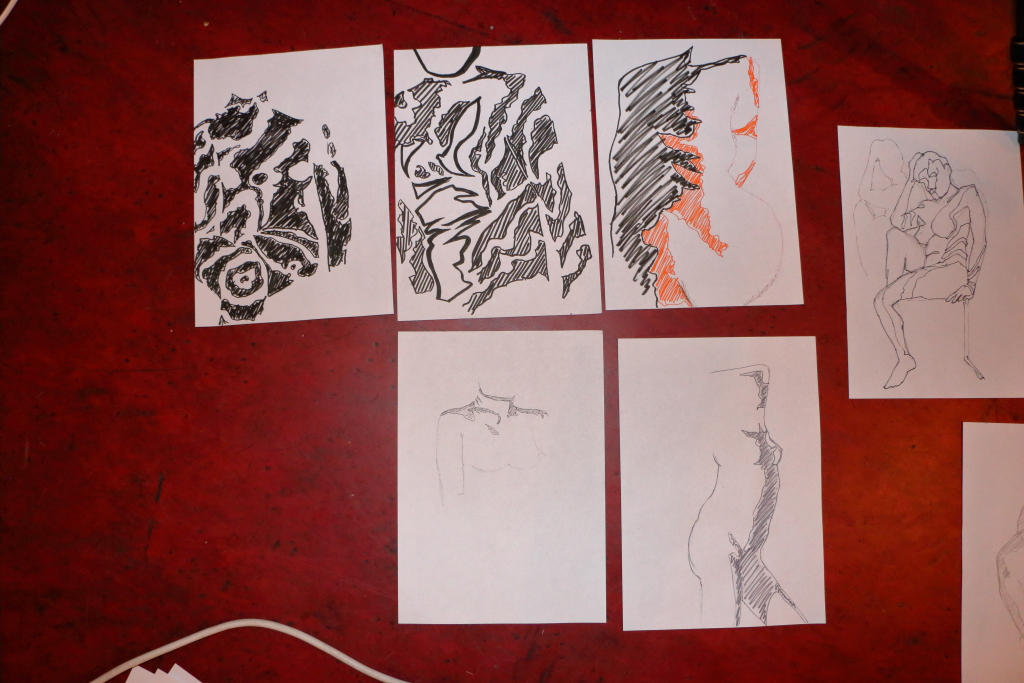
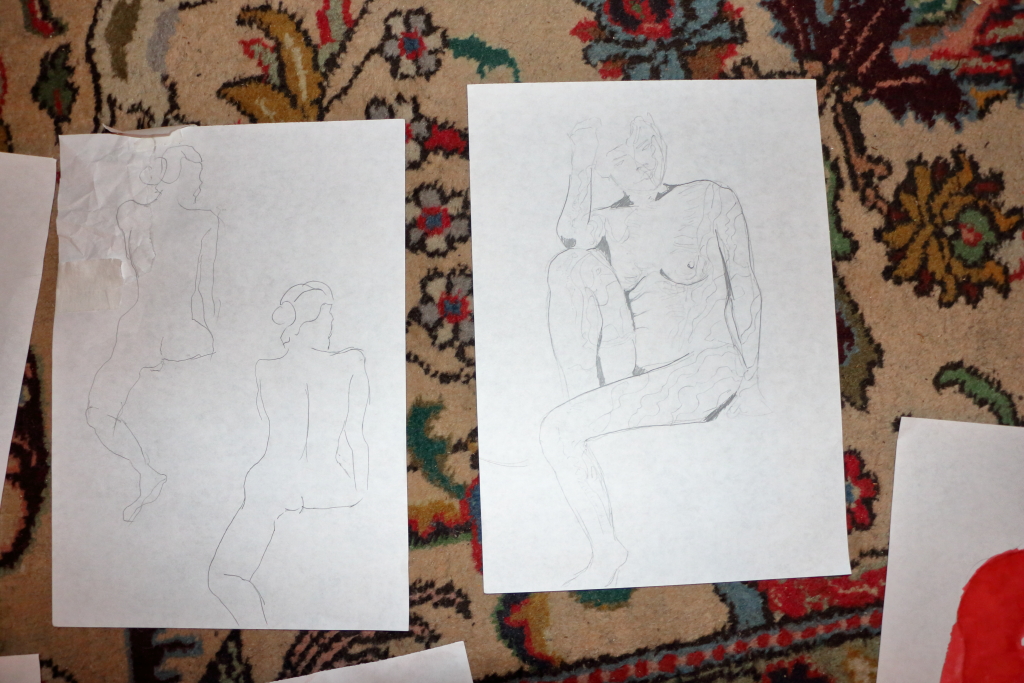
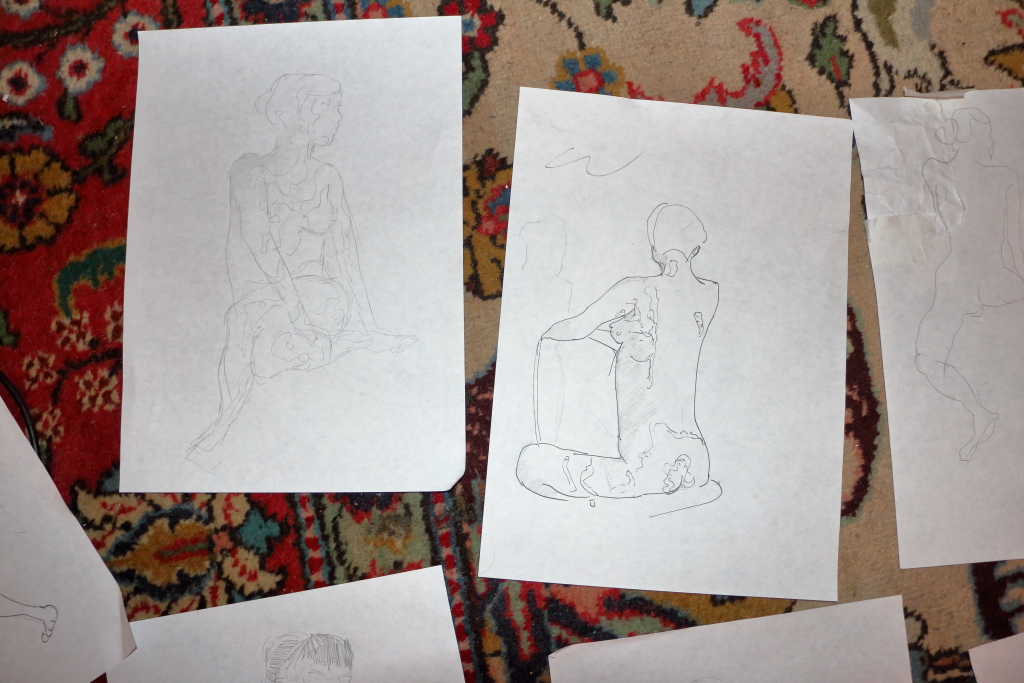
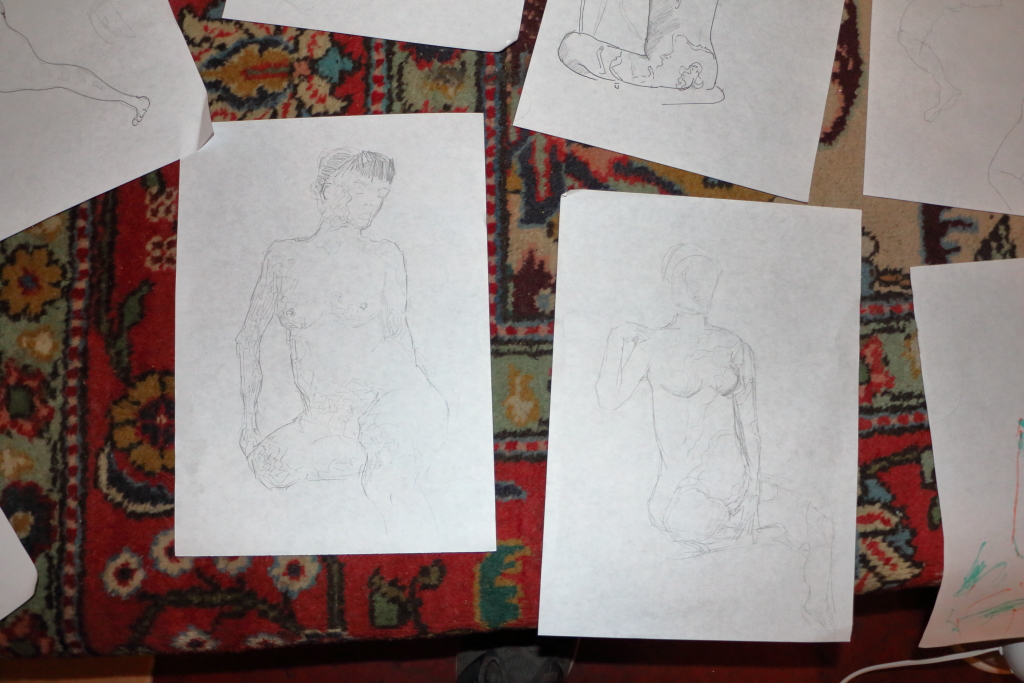
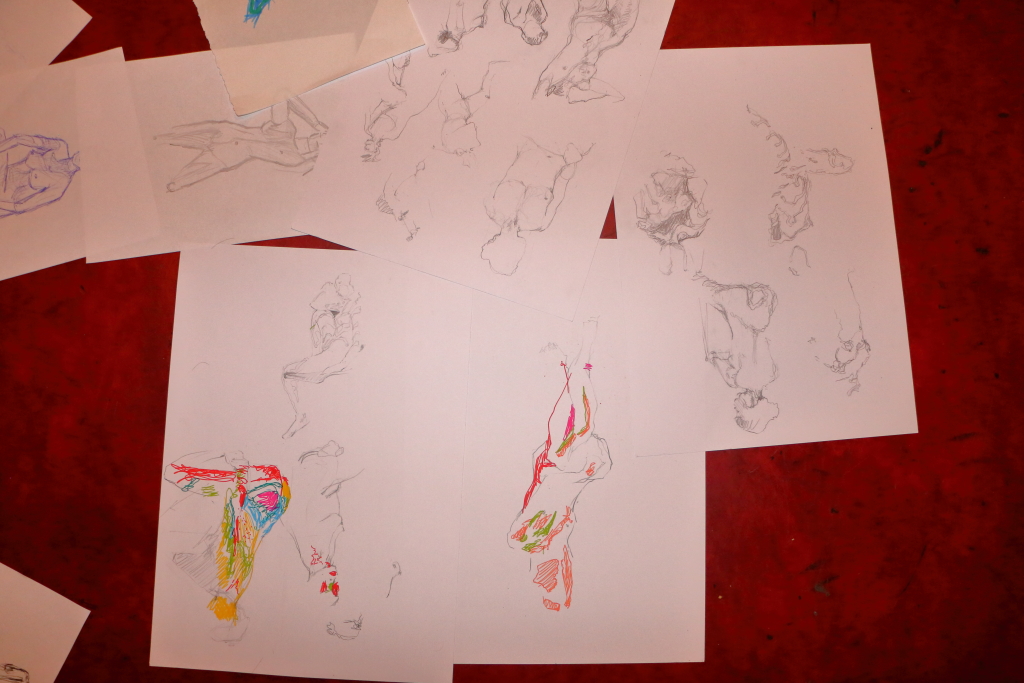
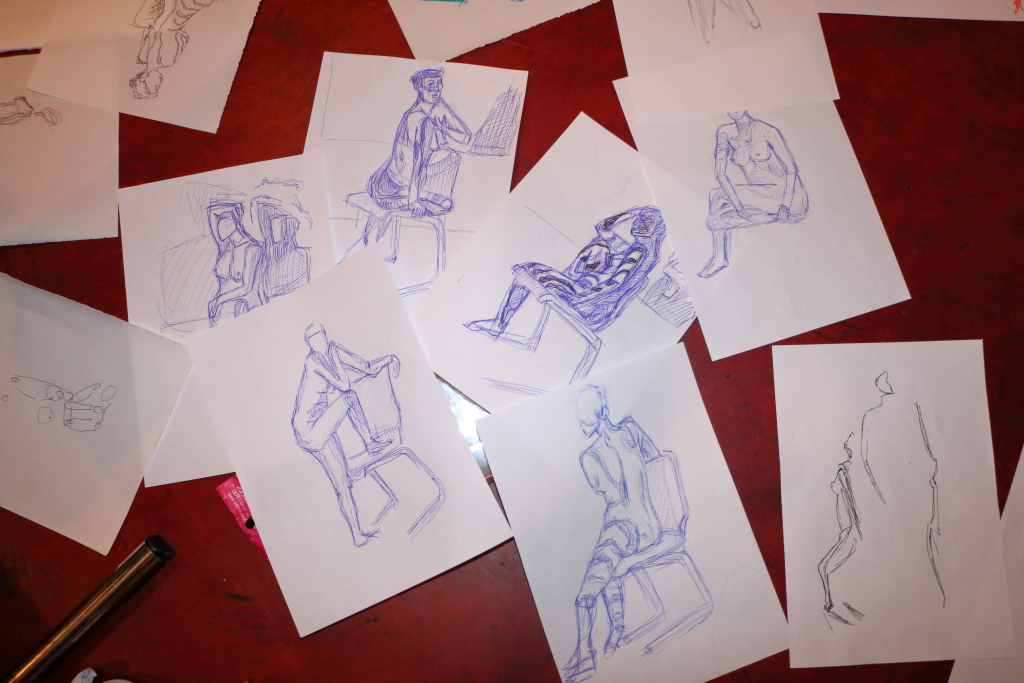
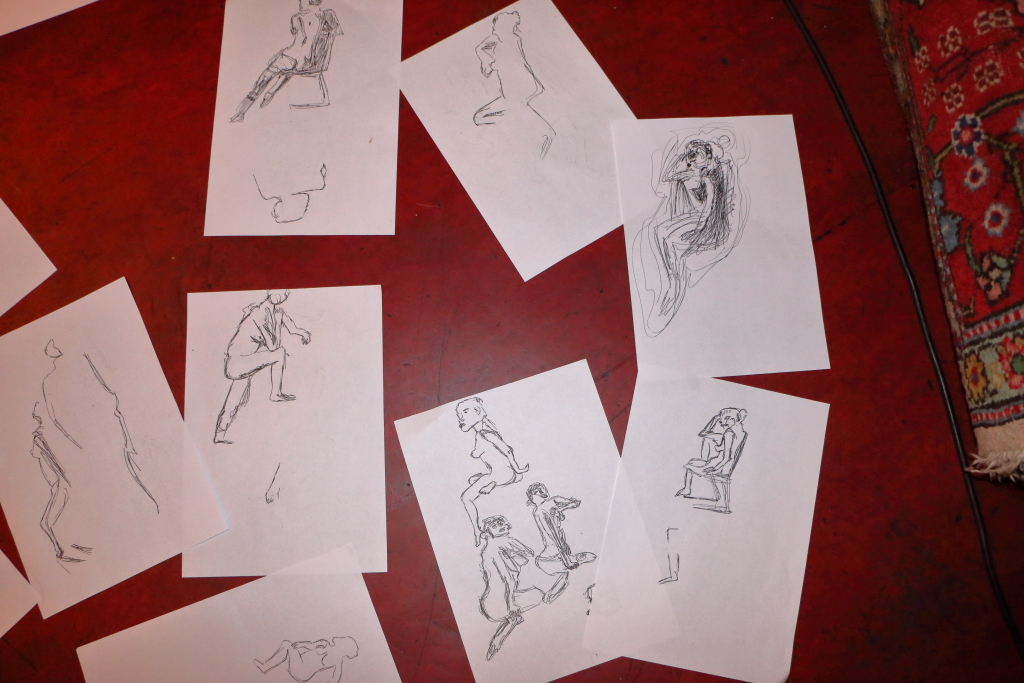
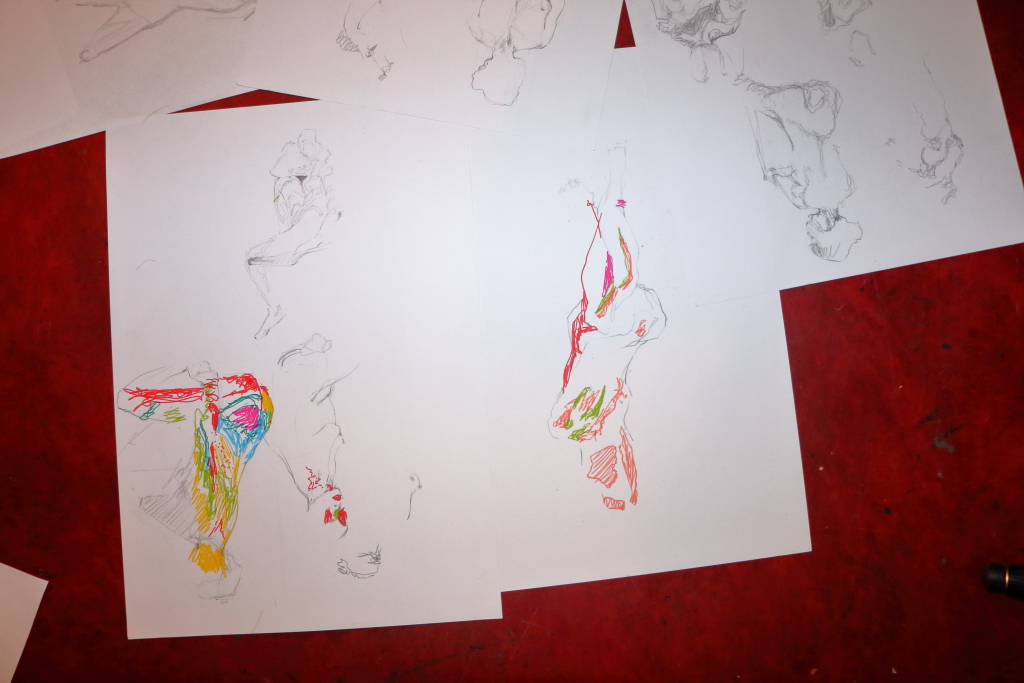
𝗗𝗿𝗮𝘄𝗶𝗻𝗴 𝗪𝗶𝗿𝗲 𝗜𝗜 – 𝗘𝘅𝘁𝗿𝗮𝘀𝗲𝗻𝘀𝗼𝗿𝘆 𝗗𝗿𝗮𝘄𝗶𝗻𝗴 The most important tool for drawing is our eyes. By observing the light bouncing off skin we build a picture in our heads of a world which we then transfer, as best we can, onto paper. In our minds eye, we see far more than colour and tone. We see softness, contrast, form, translucence and shadow. We may even infer warmth, weight or feel. This workshop will provide participants with extra senses to utilise. It will aim to extend and augment the artists’ natural vision by providing depth and near-IR videography of the model. Participants will be encouraged to use this extra information not simply to improve the technical aspects of their drawing but also to explore what we mean by visual representation.
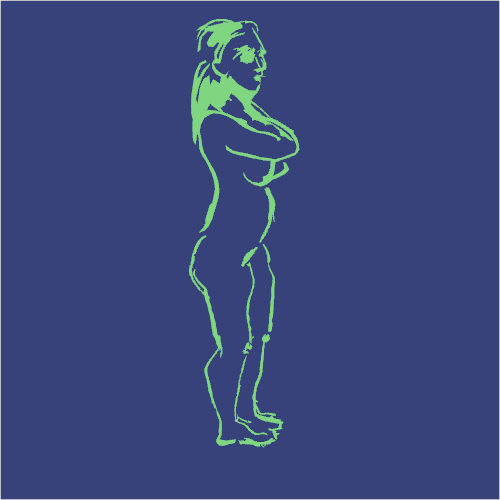
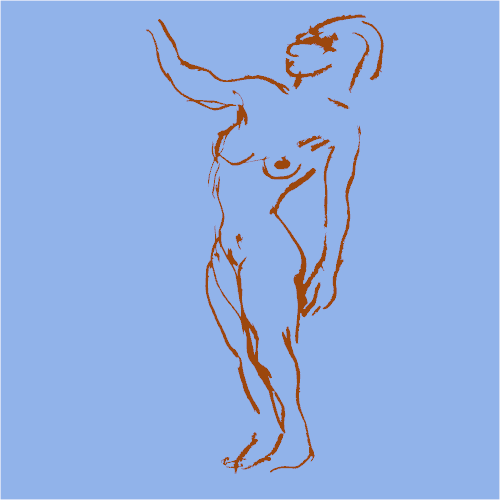
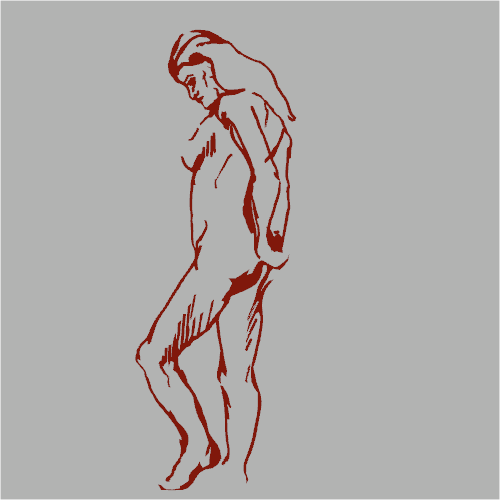
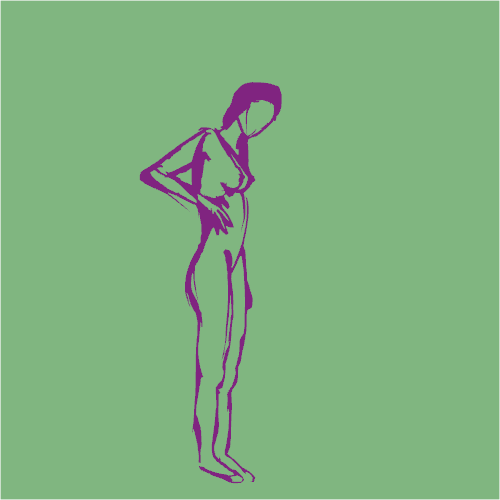
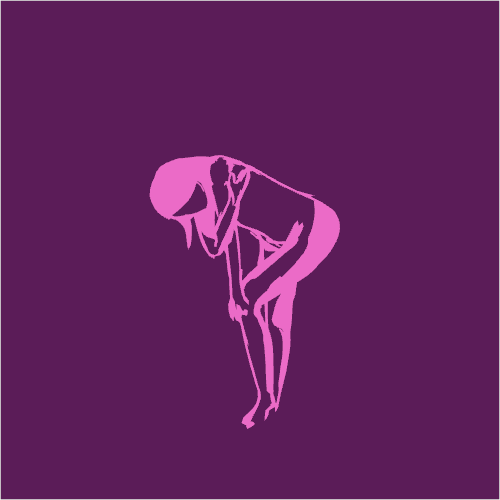
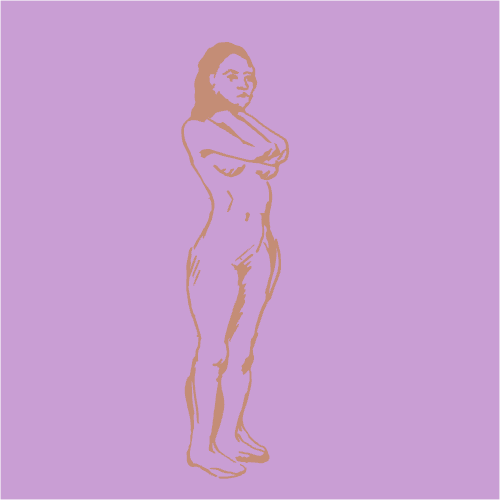
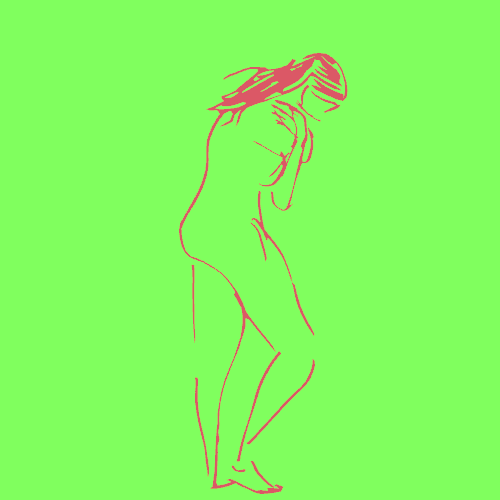
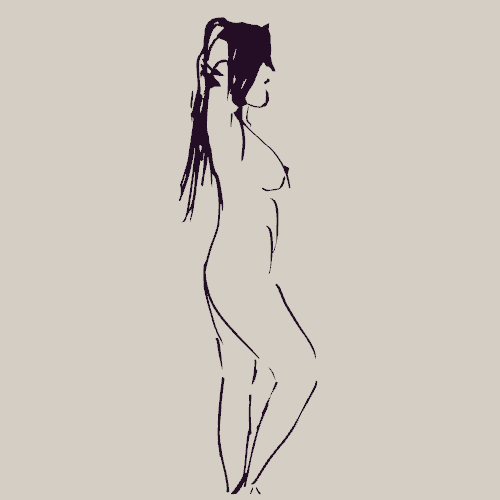
𝗗𝗿𝗮𝘄𝗶𝗻𝗴 𝗪𝗶𝗿𝗲 𝗜𝗜𝗜 – 𝗗𝗮𝘁𝗮 𝗗𝗿𝗮𝘄𝗶𝗻𝗴 A drawing stands alone at a point in space and time. But very little in the human expedience does the same. Our lives and experiences only have meaning when we see them as composed and related in these two domains. Today, the data we continuously generate paint a picture of our lives. But this picture is only resolved only when it is examined as points in time or distributions in space. The new field of data anlytics has allowed us to do just that. Can we use algorithms to combine multiple individual images into a meaningful whole?